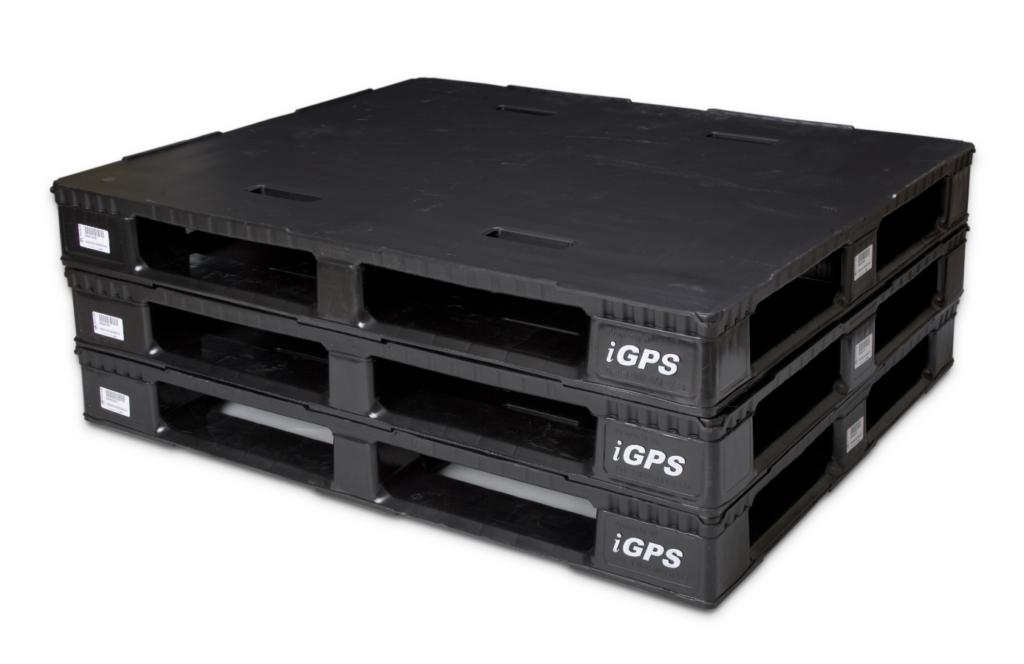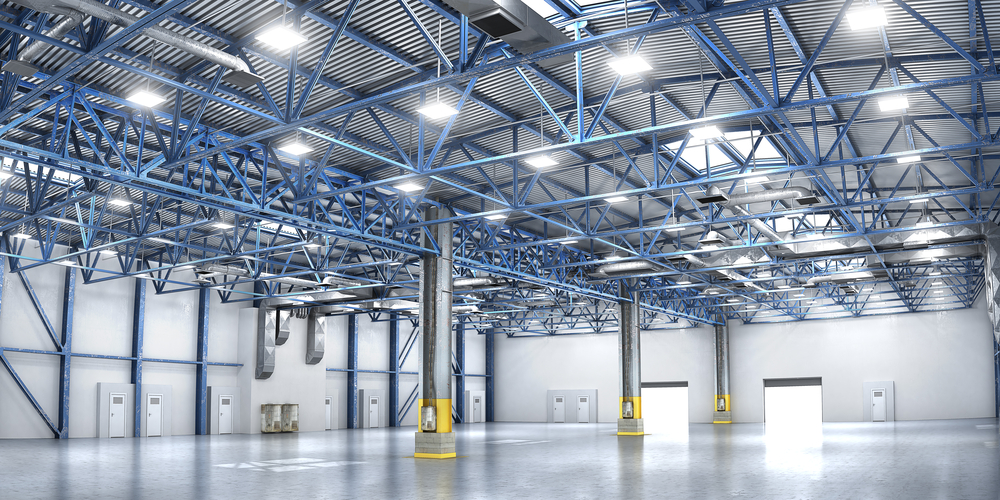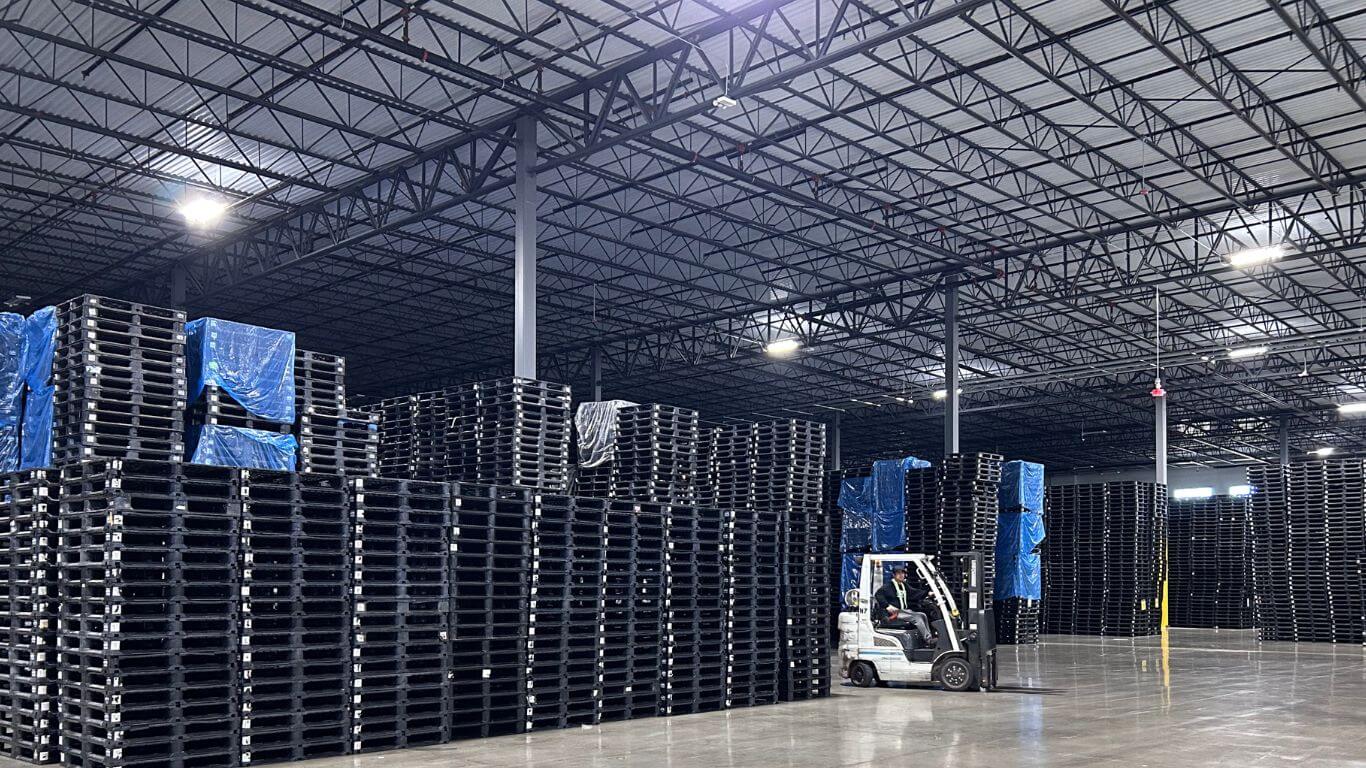One of the constants of working in a warehouse is grit, grime, and miscellaneous trash that no one really knows the source of. Keeping a warehouse clean is an ongoing struggle, and one that is becoming more and more important. A dirty or cluttered warehouse is not only an eyesore and a safety hazard, but it’s also a fineable offense in some industries, particularly those dealing with food and drugs. The Food Safety and Modernization Act (FSMA)–parts of which are still rolling out, with compliance dates into 2020–mandates sanitation standards for food storage and transportation. The upcoming Drug Supply Chain Security Act may do something similar for pharmaceutical warehouses.
Every warehouse has a cleaning regimen, but cleaning a warehouse is not the same as knowing how to keep a warehouse clean.
Regardless of the industry though, a clean warehouse is an important part of preventing costly accidents and errors. An orderly warehouse helps ensure that products are received, stored, and transported intact, without accidental adulteration or contamination. Every warehouse has a cleaning regimen, but cleaning a warehouse is not the same as knowing how to keep a warehouse clean. Following a few simple preventative guidelines can ensure your warehouse stays cleaner during the workday.
How to Keep a Warehouse Clean
- Assign Employees to Clean Their Work Areas
- Tidy Traffic Areas
- Provide Trash Containers and Perform Regular Checks
- Reduce Waste Material Entering the Warehouse
1. Assign Employees to Clean Their Work Areas
An easy first step to keeping your warehouse cleaner is to make your employees responsible for the cleanliness of the spaces where they work, and to provide them with ten or 15 minutes at the end of the workday to remove debris that has accumulated, wipe down racks and machinery, and sweep their work area. They should do this even if you have a dedicated clean-up crew that comes in after-hours to clean the warehouse.
Getting your shift employees used to keeping their work area clean also helps keep equipment functioning optimally and makes their jobs safer.
This step is important because employees will have a better idea of where trash, dust, and debris accumulate. They know the nooks and crannies of their work areas better than the cleaners, and they can remove what accumulates in those corners before they leave. Getting your shift employees used to keeping their work area clean also helps keep equipment functioning optimally and makes their jobs safer.
2. Tidy Traffic Areas
A typical warehouse has large areas of space set aside for travel by forklifts and other machinery. These areas don’t belong to any single employee or group of employees, which means that a “not my problem” attitude can allow discarded plastic wrap, tape, or wood fragments from pallets to accumulate in these areas. Pallets of surplus inventory may even be set in aisles.
Accumulation of trash in aisles and other throughways is a hazard, and employees should clean up debris as they spot it and ensure that pallets of surplus inventory have a designated out-of-the-way storage area where they can be safely stored until regular storage opens up.
3. Provide Trash Containers and Perform Regular Checks
If a place to throw away trash isn’t available, it won’t get thrown away. Receiving and packaging areas should be equipped with a surplus of garbage cans for discarding packing wrap, tape, pallet fragments, and other trash as loading or unloading takes place. A procedure should be developed to efficiently empty containers as they fill to prevent the need to place trash on the floor, where it can be forgotten in the rush to unload or load trailers. Trash containers should be evenly distributed throughout the rest of the warehouse to provide employees with an easy-to-reach receptacle for any trash they see while working.
4. Reduce Waste Material Entering the Warehouse
However vital cleaning tasks are, they can also be a distraction from the job at hand. Reducing excess material coming into the building can save employees cleaning time by keeping the warehouse from getting cluttered in the first place. Packing material and shipping platforms are big sources of trash, and changes in how these are treated can reduce the amount of cleaning necessary by warehouse workers and cleaning staff. Ways to reduce the amount of unnecessary material entering the warehouse include:
- Eliminating Slip Sheets: Slip sheets are foam, cardboard, or paper sheets used to create a more stable surface for stacking product or to separate the load from equipment, like pallets, that might not be sanitary. Eliminating slip sheets from the warehouse saves anywhere from $0.20 to $0.80 on each load shipped and reduces waste material that will need to be disposed of.
- Reducing Plastic Wrap: Plastic wrap is what holds loads together and helps stabilize them on the pallet. Reducing the amount of plastic wrap or switching to reusable wraps means less waste and lower overall costs. Recycling and reusing are green warehouse practices that can return dividends through money saved and in the form of an improved public image.
- Avoiding Wood Pallets: Wood is the most commonly used pallet material, but unfortunately, it doesn’t work well with industrial equipment and often splinters and leaves behind nails during normal operation. The abundance of wood debris in warehouses is a testament to how common the splintering of wood pallets is. Removing wood pallets from the equation reduces the amount of clean-up that needs to be done and eliminates a source of dangerous debris.
 Reducing the amount of waste entering the warehouse pays off in a variety of ways: it keeps the warehouse safer, reduces time spent cleaning, and makes your operations more environmentally sustainable. You can keep trash from entering the warehouse in various ways, but if you’re wondering how to keep a warehouse clean in the long-term, one of the simplest methods is to switch to an alternative shipping platform. Plastic pallets have supportive decks which are non-absorbent and easy to clean, eliminating the need for slip sheets. Their durable, integrated construction means that they bend instead of breaking so they don’t leave behind fragments in trucks or storage areas. GMA spec plastic pallets work extremely well with your existing equipment while reducing the amount of trash entering your warehouse.
Reducing the amount of waste entering the warehouse pays off in a variety of ways: it keeps the warehouse safer, reduces time spent cleaning, and makes your operations more environmentally sustainable. You can keep trash from entering the warehouse in various ways, but if you’re wondering how to keep a warehouse clean in the long-term, one of the simplest methods is to switch to an alternative shipping platform. Plastic pallets have supportive decks which are non-absorbent and easy to clean, eliminating the need for slip sheets. Their durable, integrated construction means that they bend instead of breaking so they don’t leave behind fragments in trucks or storage areas. GMA spec plastic pallets work extremely well with your existing equipment while reducing the amount of trash entering your warehouse.
The iGPS plastic pallet is a high-quality, hygienic shipping platform that can easily replace reusable wood or stringer pallets, reducing the amount of costly and dangerous debris entering your warehouse. To get started with a durable, lightweight plastic pallet, give our team a call at 1-800-884-0225, email a specialist at switch@igps.net, or visit our contact page.



